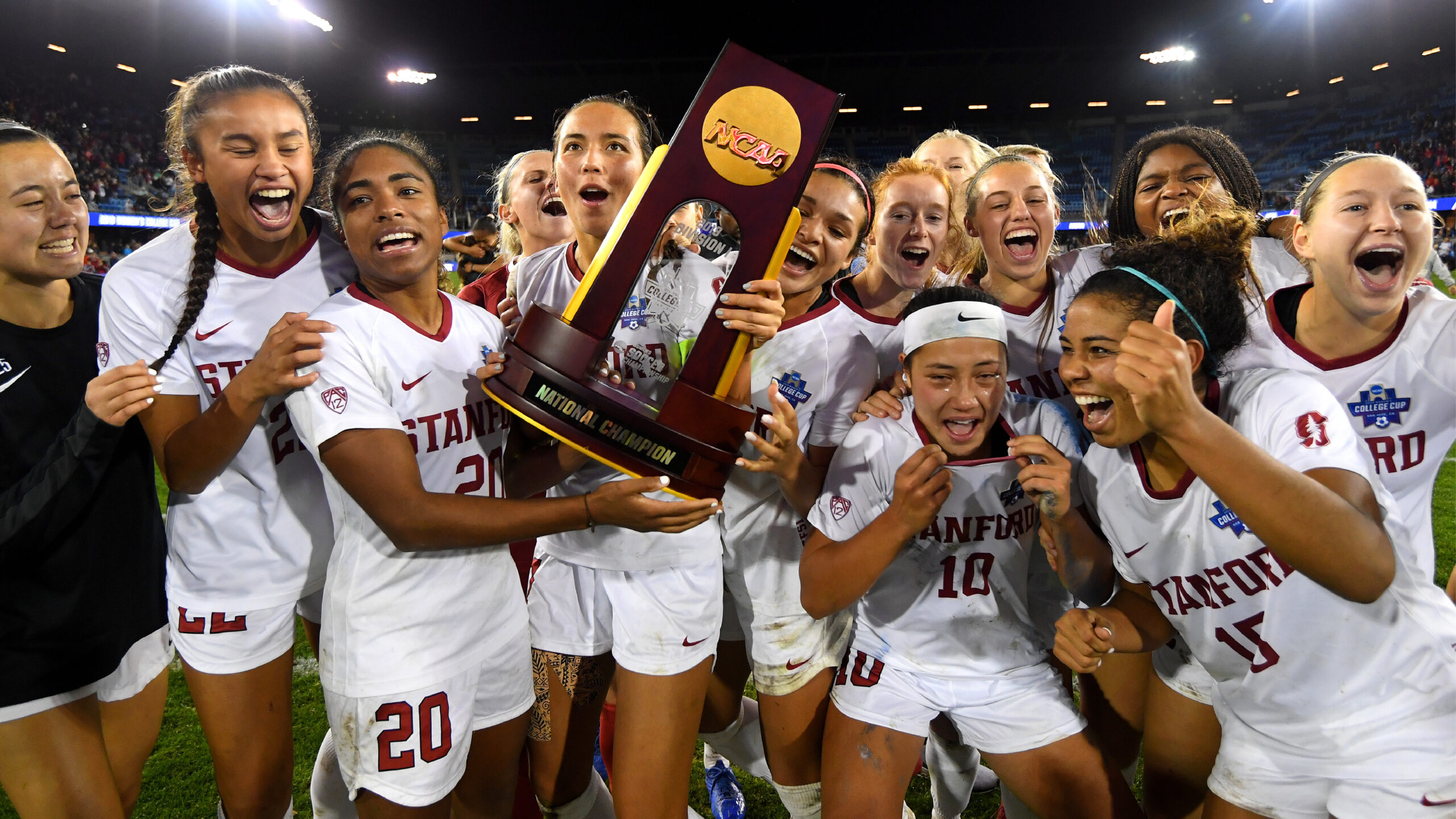On Title IX’s 50th Anniversary, Equity in Resources Still a Work in Progress
While there will be plenty to celebrate come June, at least one former NCAA Division I athlete believes there is still a lot of work to be done.
 A recent article from Sportico penned by Katie Lever commented on the 50-year anniversary of Title IX and the shortcomings of the NCAA during that time.
A recent article from Sportico penned by Katie Lever commented on the 50-year anniversary of Title IX and the shortcomings of the NCAA during that time.
Below is an excerpt of the Sportico article.
The NCAA’s most recent financial data from Title IX’s 45th anniversary indicate that Division I women’s programs at FBS institutions only receive 18% of total operating expenses, 29% of recruiting dollars, and 41% of scholarship allocations.
It’s not altogether unusual for those participating in inequity to celebrate those they are hurting. Karen Hartman discusses this dynamic in her rhetorical analysis of ESPN’s television coverage of Title IX’s 40th anniversary, which she argues, emphasized a mythologized sense of equality and consequently ignored real systemic inequities. In doing so, the network capitalized on the celebration while evading “serious discussions of the law and its implications,” including that roughly 80% of universities are not Title IX compliant. Hartman’s analysis also revealed that although ESPN relentlessly promoted Title IX coverage to celebrate its 40th anniversary, SportsCenter consistently dedicated 5% (or less) of its coverage to women’s sports.
A decade later, not much has changed—the NCAA’s 50th-anniversary website is celebrating female athletes without tangibly supporting them.
What has changed is the popularity of women’s sports. After expanding the women’s field to 68 teams and marketing the women’s tournament with the iconic “March Madness” trademark for the first time, viewership of the 2022 women’s Final Four increased by 20%. The national championship game saw similar gains with viewership increases of 18%, a record-breaking 4.85 million viewers, and a sell-out crowd at Target Center, a venue that might be too small for its fanbase (that’s also a consistent complaint about the USA Softball Hall of Fame Stadium, where the Women’s College World Series is held each year).
Brands saw this surge coming—ESPN’s ad inventory for the women’s tournament sold out to corporations such as Unilever, Sirius XM and Buick, whose “See Her Greatness” ad campaign that ran throughout March addressed that women’s sports still get less than 10% of sports news coverage.
To read the full story from Sportico.com, click here.







